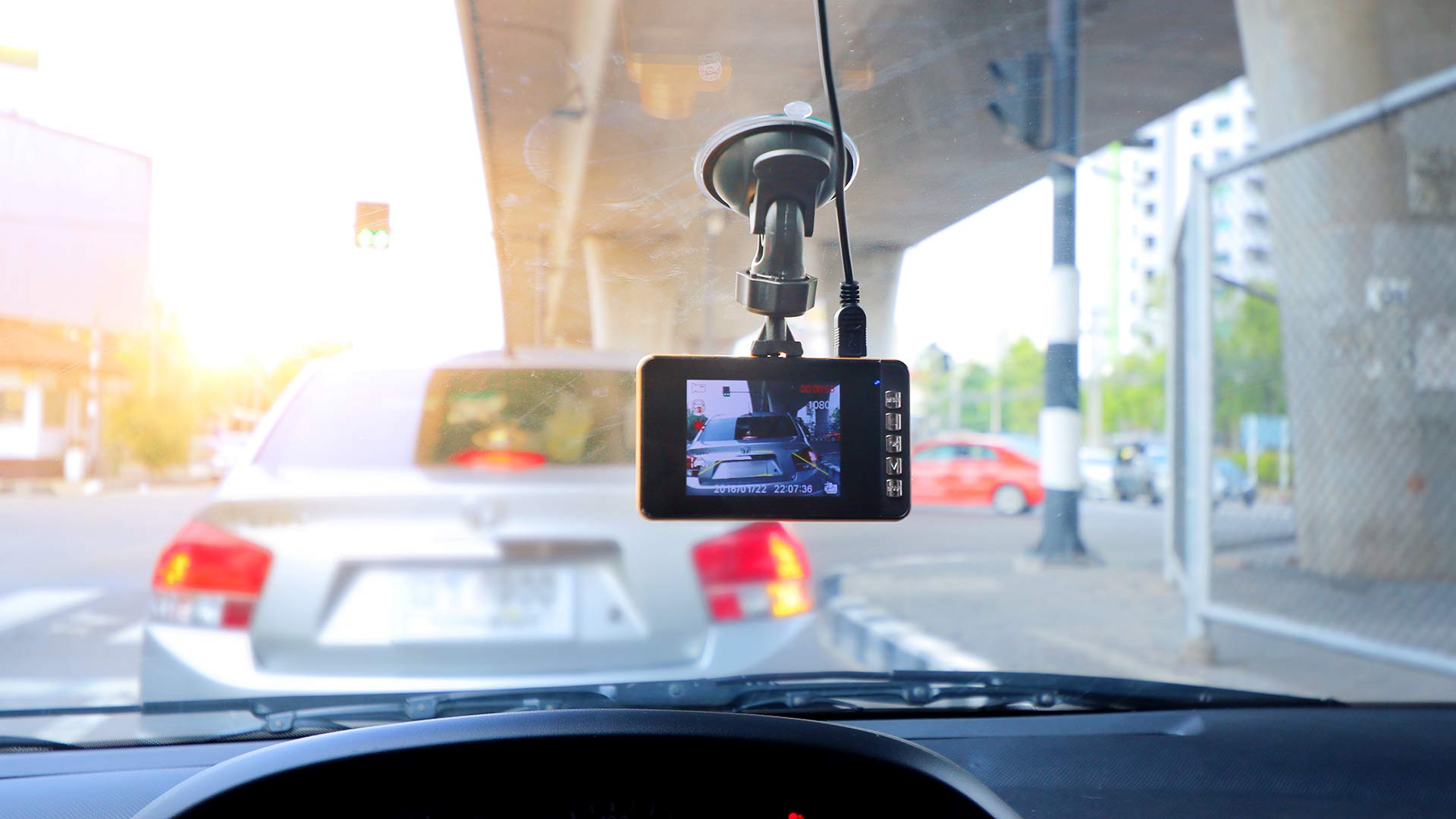-
Table of Contents
- Introduction
- How Dashcam Technology Can Help Improve Road Safety in Australia
- The Benefits of Dashcam Technology for Australian Drivers
- The Australian Government’s Role in Encouraging Dashcam Adoption
- The Impact of Dashcam Technology on Insurance Premiums in Australia
- Exploring the Legal Implications of Dashcam Use in Australia
“Dashcam Technology: The Australian Government’s Commitment to Safer Roads.”
Introduction
The Australian Government has been actively promoting the use of dashcam technology in recent years. Dashcams are small cameras that are mounted on the dashboard of a vehicle and record video footage of the road ahead. They are becoming increasingly popular in Australia, as they can provide evidence in the event of an accident or other incident. The Australian Government has been encouraging the use of dashcams through various initiatives, such as providing grants to local councils to install dashcams in their fleets, and providing information and resources to the public about the benefits of using dashcams. This article will discuss the Australian Government’s role in promoting dashcam technology and the benefits it can provide.
How Dashcam Technology Can Help Improve Road Safety in Australia
Road safety is a major concern in Australia, with the number of fatalities on the roads increasing each year. Dashcam technology has the potential to help reduce the number of road accidents and fatalities in Australia. Dashcams are small cameras that are mounted on the dashboard of a vehicle and record footage of the road ahead.
Dashcams can be used to provide evidence in the event of an accident. This can help to determine who is at fault and can be used to support insurance claims. Dashcam footage can also be used to identify dangerous driving behaviour, such as speeding or tailgating, and can be used to educate drivers on how to drive more safely.
Dashcams can also be used to monitor traffic conditions and alert drivers to potential hazards. This can help to reduce the risk of accidents by giving drivers more time to react to potential hazards. Dashcams can also be used to monitor road conditions, such as potholes or debris, and alert authorities to any potential hazards.
Dashcams can also be used to monitor driver behaviour. This can help to identify drivers who are driving recklessly or under the influence of drugs or alcohol. Dashcams can also be used to monitor driver fatigue, which can help to reduce the risk of accidents caused by tired drivers.
In conclusion, dashcam technology has the potential to help improve road safety in Australia. Dashcams can be used to provide evidence in the event of an accident, identify dangerous driving behaviour, monitor traffic conditions, and monitor driver behaviour. By using dashcam technology, we can help to reduce the number of road accidents and fatalities in Australia.
The Benefits of Dashcam Technology for Australian Drivers

Dashcam technology has become increasingly popular among Australian drivers in recent years, and for good reason. Dashcams offer a range of benefits that can help drivers stay safe on the roads and protect themselves in the event of an accident.
One of the primary benefits of dashcam technology is that it can provide evidence in the event of an accident. Dashcams record footage of the road ahead, which can be used to prove who was at fault in the event of a collision. This can be especially useful in cases where the other driver is disputing liability. Dashcam footage can also be used to support insurance claims, helping drivers to get the compensation they are entitled to.
Dashcams can also help to deter dangerous driving. Knowing that their actions are being recorded can encourage drivers to be more mindful of their behaviour on the roads. This can help to reduce the risk of accidents and make roads safer for everyone.
Dashcams can also be used to monitor the driving habits of young drivers. Parents can use dashcam footage to ensure that their children are driving safely and responsibly. This can help to reduce the risk of accidents and give parents peace of mind.
Finally, dashcams can be used to capture footage of interesting or unusual events on the roads. This can be useful for drivers who want to share their experiences with friends and family, or even upload them to social media.
In conclusion, dashcam technology offers a range of benefits for Australian drivers. From providing evidence in the event of an accident to monitoring the driving habits of young drivers, dashcams can help to make roads safer and give drivers peace of mind.
The Australian Government’s Role in Encouraging Dashcam Adoption
The Australian Government has taken a proactive role in encouraging the adoption of dashcams in the country. Dashcams are small cameras that are mounted on the dashboard of a vehicle and record video footage of the road ahead. They are becoming increasingly popular in Australia, as they can provide valuable evidence in the event of an accident or other incident.
The Australian Government has implemented a number of initiatives to encourage the adoption of dashcams. These include providing financial incentives for the purchase of dashcams, as well as providing information and resources to help drivers understand the benefits of using them.
The Australian Government has also implemented a number of legislative changes to encourage the use of dashcams. For example, the Road Safety Remuneration Act 2016 requires all commercial vehicles to be fitted with a dashcam. This legislation is designed to ensure that drivers are held accountable for their actions on the road, and that any incidents are recorded and can be used as evidence in court.
The Australian Government has also taken steps to ensure that dashcam footage is admissible in court. In 2017, the Evidence Amendment (Dashcam Evidence) Act was passed, which allows dashcam footage to be used as evidence in court proceedings. This legislation is designed to ensure that drivers are held accountable for their actions on the road, and that any incidents are recorded and can be used as evidence in court.
The Australian Government is committed to encouraging the adoption of dashcams in Australia. By providing financial incentives, legislative changes, and ensuring that dashcam footage is admissible in court, the government is helping to ensure that drivers are held accountable for their actions on the road, and that any incidents are recorded and can be used as evidence in court.
The Impact of Dashcam Technology on Insurance Premiums in Australia
The introduction of dashcam technology in Australia has had a significant impact on insurance premiums. Dashcams are small cameras that are mounted on the dashboard of a vehicle and record footage of the road ahead. This technology has been embraced by many drivers as a way to protect themselves from fraudulent insurance claims and to provide evidence in the event of an accident. In this article, we will explore how dashcam technology has impacted insurance premiums in Australia.
Dashcam technology has been embraced by many drivers in Australia as a way to protect themselves from fraudulent insurance claims. This technology has been proven to be effective in providing evidence in the event of an accident, which can be used to determine who is at fault. As a result, insurance companies have been able to reduce the amount of fraudulent claims they receive, which has led to a decrease in insurance premiums.
In addition, dashcam technology has enabled insurance companies to better assess the risk associated with a particular driver. By analysing the footage recorded by the dashcam, insurance companies can gain a better understanding of a driver’s behaviour on the road. This allows them to adjust premiums accordingly, based on the risk associated with the driver.
Finally, dashcam technology has enabled insurance companies to better assess the severity of an accident. By analysing the footage recorded by the dashcam, insurance companies can gain a better understanding of the circumstances surrounding an accident. This allows them to adjust premiums accordingly, based on the severity of the accident.
Overall, the introduction of dashcam technology in Australia has had a significant impact on insurance premiums. By providing evidence in the event of an accident, reducing the amount of fraudulent claims, and enabling insurance companies to better assess the risk associated with a particular driver, dashcam technology has enabled insurance companies to reduce premiums. As a result, drivers in Australia are now able to benefit from lower insurance premiums.
Exploring the Legal Implications of Dashcam Use in Australia
Dashcam use in Australia is becoming increasingly popular, with many drivers using them to record their journeys for safety and security purposes. However, there are a number of legal implications associated with the use of dashcams that drivers should be aware of.
In Australia, the use of dashcams is generally considered to be legal, provided that the footage is not used for any illegal purposes. However, there are some restrictions on the use of dashcams in certain states and territories. For example, in New South Wales, it is illegal to use a dashcam to record audio without the consent of all parties involved.
In addition, drivers should be aware that the footage captured by their dashcam may be used as evidence in court. This means that any footage that is captured may be used to prove or disprove a driver’s guilt in a criminal or civil case. As such, drivers should be aware that any footage they capture may be used against them in a court of law.
Finally, drivers should also be aware that the footage captured by their dashcam may be subject to privacy laws. This means that any footage that is captured may be subject to the same privacy laws as any other form of personal data. As such, drivers should be aware that any footage they capture may be subject to the same privacy laws as any other form of personal data.
In conclusion, the use of dashcams in Australia is generally considered to be legal, provided that the footage is not used for any illegal purposes. However, drivers should be aware of the legal implications associated with the use of dashcams, including the potential for the footage to be used as evidence in court and the potential for the footage to be subject to privacy laws.
Explore how incorporating a dashcam into your driving routine can lead to enhanced driving skills by promoting self-awareness, encouraging responsible behavior, and offering valuable feedback on your driving habits.
For more information visit local authories sites to know your rights.




